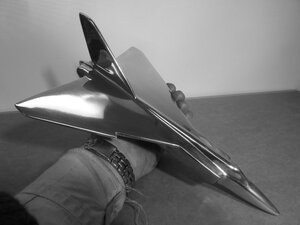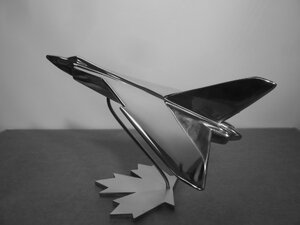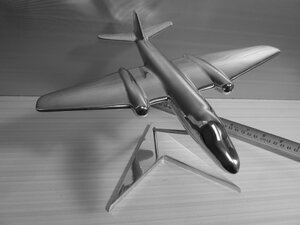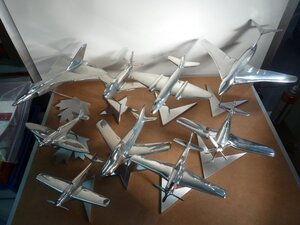Oldarm
John
I have no idea how I ended up on a Calgary metalworking site but it appears to be inhabited by some very enthusiastic members! If I can be of help to anyone with my admittedly fairly localized know-how then please feel free to drop me a line.
I am retired (ha, ha,) but actively engaged in developing a range of art deco aircraft. These models I cast from a master pattern either as a sand casting or as a gravity die casting. The materials I use are either aluminum or one of the zinc-aluminum alloys.
The sand castings are made in either a Petrobond or Mansfield sand. The die-castings are made in a die, also made of aluminum, which I build, oddly, without the aid of machine tools. I do like to keep things simple!
Anyway, as I say, if I can be of any help, please feel free to touch base. I'll try to attach a photo or two to show what I am up to if I am allowed as a "beginner".
John






I am retired (ha, ha,) but actively engaged in developing a range of art deco aircraft. These models I cast from a master pattern either as a sand casting or as a gravity die casting. The materials I use are either aluminum or one of the zinc-aluminum alloys.
The sand castings are made in either a Petrobond or Mansfield sand. The die-castings are made in a die, also made of aluminum, which I build, oddly, without the aid of machine tools. I do like to keep things simple!
Anyway, as I say, if I can be of any help, please feel free to touch base. I'll try to attach a photo or two to show what I am up to if I am allowed as a "beginner".
John








